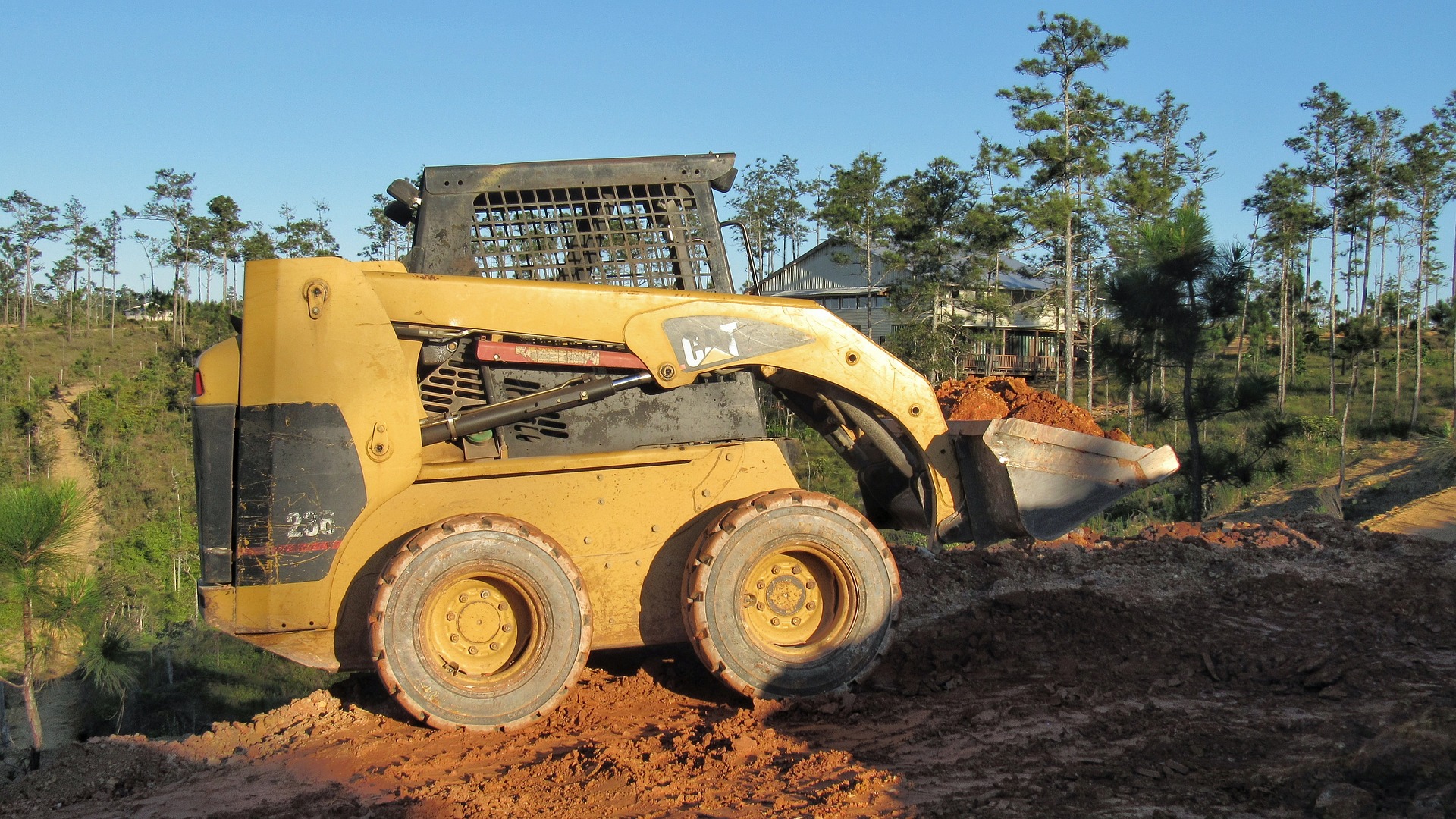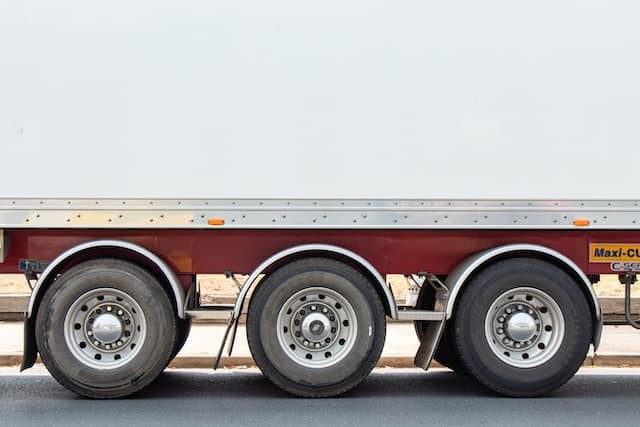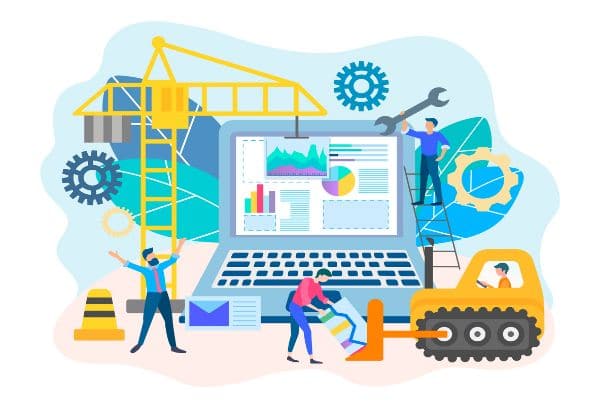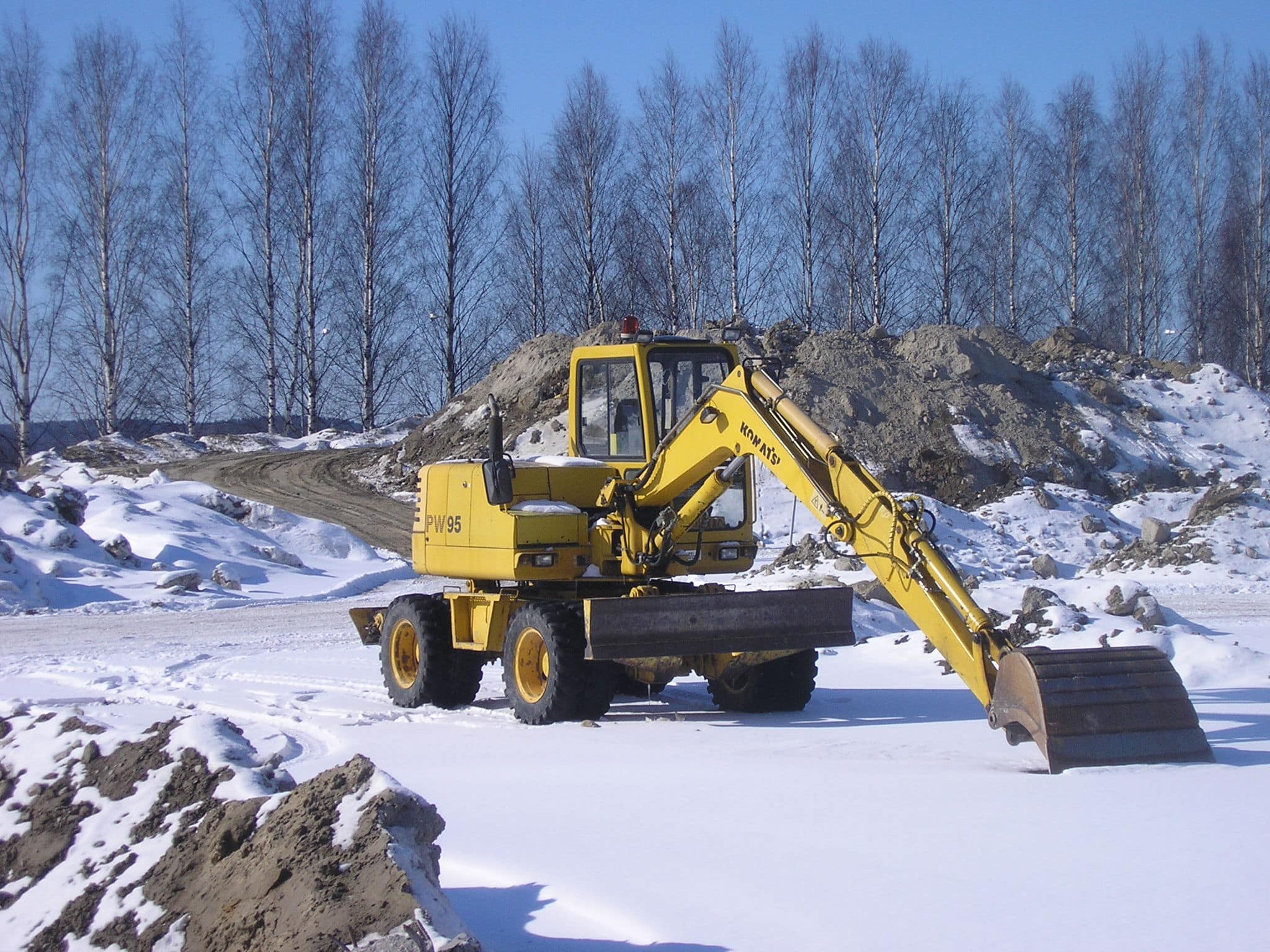Skid steers are one of the most versatile pieces of equipment for any project. They’re nimble and can be paired with various attachments.
However, picking the right skid steer for your rental business can be overwhelming. They come in many sizes, with varying horsepower and compatible attachments.
The Top 5 Skid Steer Brands for 2023
When it comes to picking the best skid steer for your rental business, sticking to one of the top five skid steer brands is a safe choice.
Bobcat
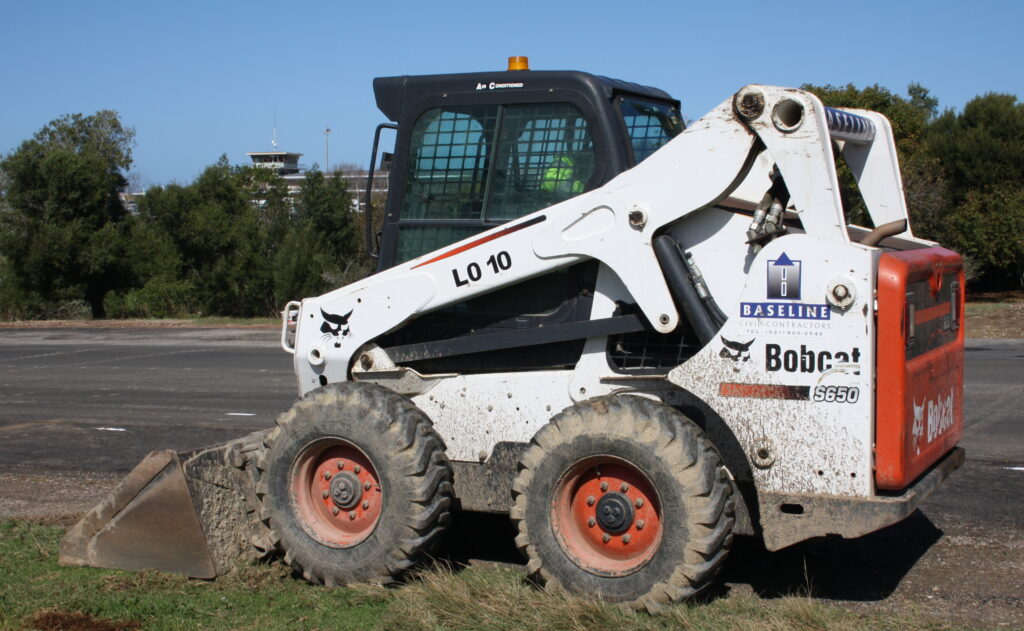
Bobcat owns the skid steer market, so much so that its name is synonymous with skid steers. It has roughly 40% of the market share.
The company, originally Melroe Manufacturing, made the first skid steer and now offers a massive line of options. Bobcat is the industry leader for a reason; it offers touch displays, best-in-class lift cars, and strong hydraulics systems.
Caterpillar
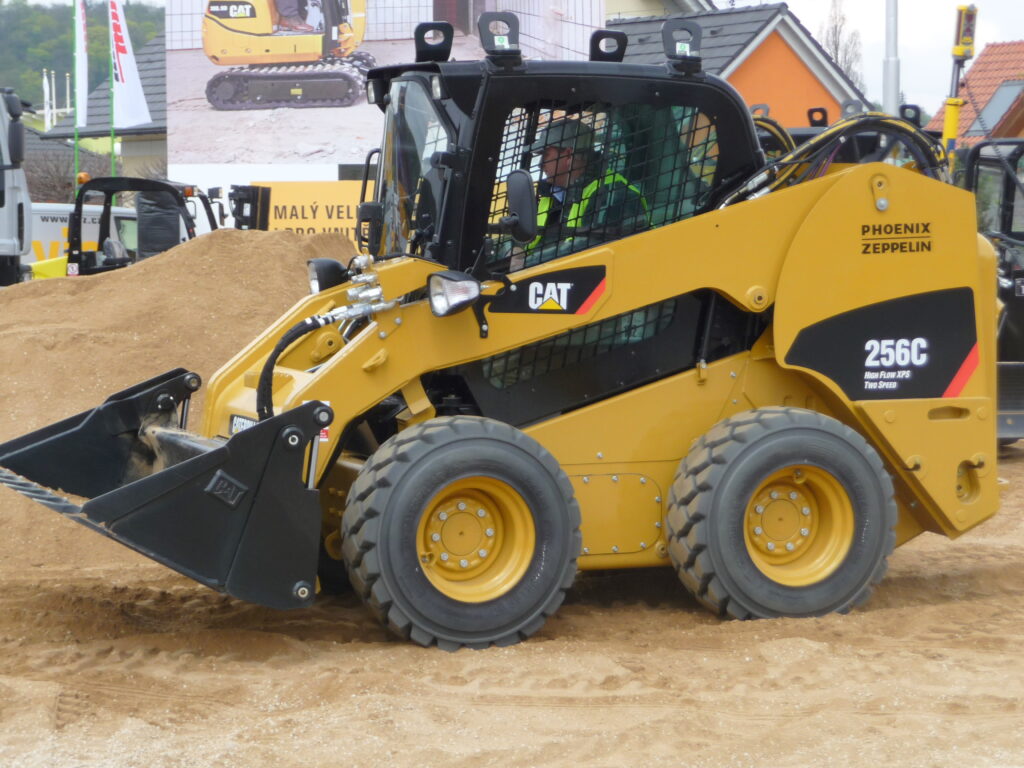
The biggest name in construction equipment entered the skid steer market in 1999. Caterpillar’s name is synonymous with reliability and quality. The same is true of its skid steers. It offers nine different models that range in weight and horsepower.
Caterpillar skid steers range from 1,500 to 3,700 pounds, with between 65 and 110 horsepower. These skid steers have electric throttle features and easy access for servicing.
CASE
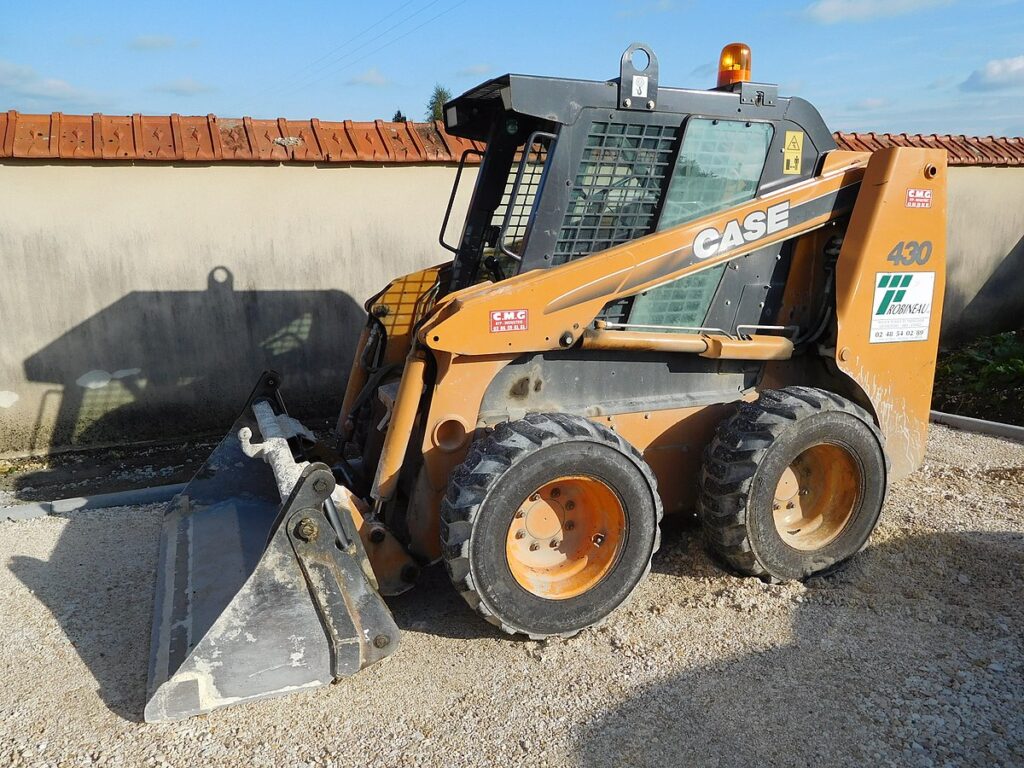
CASE Construction Equipment merged with skid steer maker New Holland in 1999, but CASE has made these machines since 1969.
The company offers eight skid steer models ranging from 1,600 to 3,400 pounds and 60 to 90 horsepower.
John Deere
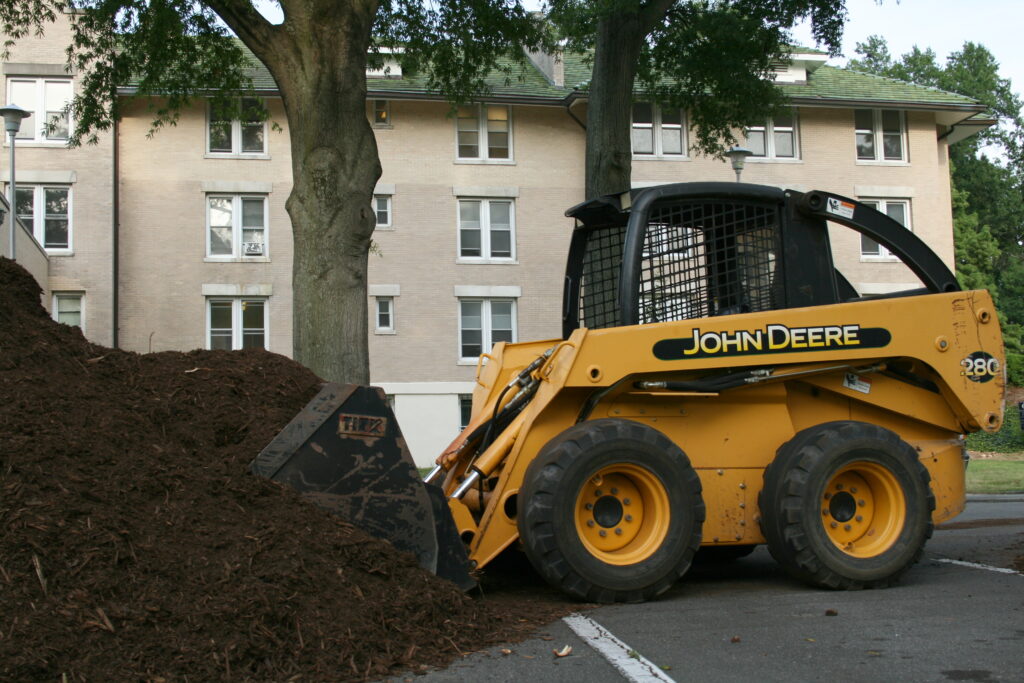
John Deere, known for its farming equipment, also makes skid steers. Its skid steers come in a variety of sizes, from 6,000 to 10,000 pounds. Horsepower ranges from 65 to 100.
Despite being known for its reliability, John Deere doesn’t have a huge selection of skid steers, but the ones it offers are made for heavier attachments. However, John Deere skid steers tend to be a bit more expensive.
JCB
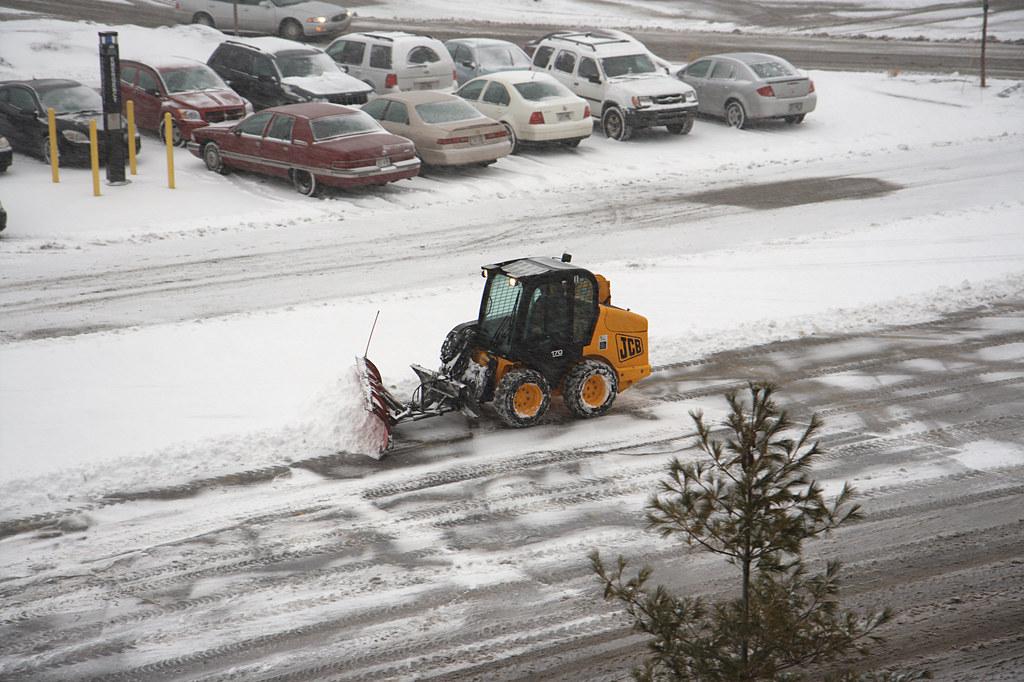
JCB offers some of the best compact and affordable construction machines, including skid steers. The cabs are larger than other skid steer brands, making them impressively comfortable.
Small machines from JCB are known for being fuel-efficient. All eight skid steer models use the same engine, making them easier to service. Some have an operating capacity of 2,000 pounds, while others are over 3,000 pounds.
What Is the Best Skid Steer Brand?
Any of the top skid steer brands would be a great choice for your rental business. However, the consensus is that Bobcat makes the best skid steers — as it owns 40% of the total market share. It was the first to introduce skid steers to the market in the 1960s.
Bobcat offers various sizes, including compact models for yard work and larger models for major construction projects. Caterpillar is another reliable name, with a much larger variety of equipment. Both brands are relatively easy to service and experience few breakdowns. However, they are both generally more expensive than other brands.
What’s the Best Skid Steer for the Money?
JCB offers the best skid steer for the money. The company makes some of the most reliable smaller construction machines. JCB’s skid steer was recognized for its resale value by EquipmentWatch. In 2019, the company gave JCB the Highest Retained Value Award.
The power offered by JCB skid steers is more than enough for any job, plus the controls are modern, and the cabs are roomy. However, there are fewer models to choose from.
So who makes the best skid steer? Bobcat and Caterpillar skid steers are both known for holding their value very well. Overall, the best skid steer to buy will come down to those that fit your major needs, such as lift capacity and reliability.
How to Choose the Right Skid Steers for Your Rental Business
Below are six key criteria to consider when looking for the best skid steer brand.
Lift Capacity
Lift capacity is how much the skid steer can lift. Skid steers will have one of two lift arm styles: radial and vertical lifts. Vertical lifts are for up-and-down movement versus reach. This option is best for moving heavy pallets or dumping material into trucks.
Radial lifts are good for backfilling and putting materials on flatbed trucks. The bucket can be lifted in an arc, allowing for better range.
Reliability
How reliable the equipment is should also be a major factor. You don’t want to spend hundreds of dollars on repairs each month. Instead, it’s better to invest in a high-quality piece of equipment. Additionally, a good maintenance plan will boost the useful life of any skid steer.
Available Attachments
The attachments available for the skid steer are also important. A variety of attachments will increase the skid steer’s versatility and make it more marketable for rentals. You should consider the following attachments:
-
Pallet forks
-
Backhoes
-
Brush cutters
-
Augers
-
Grapples
-
Bale spears
-
Buckets
-
Blades
-
Trenchers
The more attachments a skid steer can use, the more projects it can tackle.
Suitability for Different Project Scopes
How well does the skid steer work for different projects? For example, you might need a skid steer to fit into tight spaces. In that case, look for a compact model. In contrast, bigger loads will require a larger capacity.
Type of Hydraulic System
Skid steers come with one of two hydraulic systems: low-flow or high-flow. The flow of the hydraulic system is how hydraulic fluid is moved through two hoses in the skid steer. Low-flow skid steers move less hydraulic fluid per minute than high-flow.
The higher the flow, the more powerful the skid steer, meaning it can use larger attachments, such as snow blowers and stump grinders.
Engine Type
Engine type comes into play when meeting EPA emission requirements; 75-horsepower diesel engines on non-road equipment must be Tier 4 compliant. These engines, however, require additional maintenance to prevent damage. Consistent maintenance and keeping the fuel filters clean can help the engine stay in good working order.
Ready to Add a Skid Steer to Your Rental Portfolio?
The five skid steer brands above are great if you’re looking to add a skid steer to your rental equipment selections. A skid steer is a versatile piece of equipment that can fit various attachments and can be used for snow removal, grading, loading, or lifting.
Making the most out of your rental business is the goal of the Quipli team. We provide an automated system for managing your rental inventory and scheduling. Reach out today for a demo.
Ready to expand your equipment inventory? Explore these guides to explore your fleet: How to start a trailer rental business and best mini excavator to rent.
